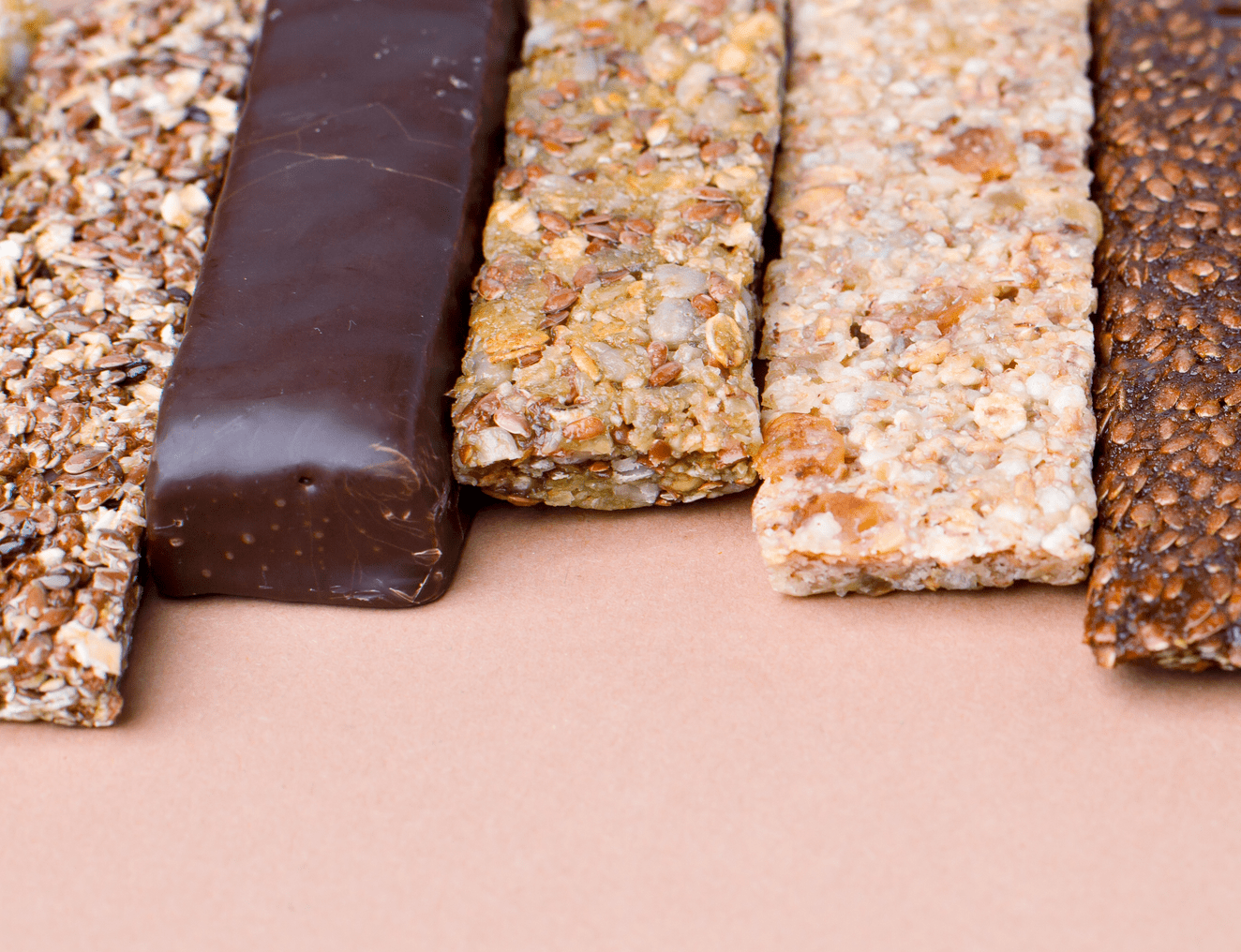What’s the future of protein bars?
We’re often asked: what’s the future of protein bars?
The honest answer? There isn’t just one.
Niche vs. mass appeal: the protein bar brand dilemma
Protein bars serve different purposes for different people. For the bodybuilder, it’s muscle gain; for the athlete, it’s recovery. For the everyday snacker, it’s a healthier sweet treat. And now, with the rise of GLP-1 drugs and a wider focus on weight management, protein bars are becoming nutritional support tools, too.
There’s no one-size-fits-all, and that’s exactly the point.
You either go niche, carving out a clear position and speaking directly to a specific audience at the risk of alienating others, or you take a broader, more generalist approach and risk being lost in the sea of protein bars on the shelf. It’s a classic double-edged sword.
Protein bars as healthier treats
With that in mind, if we had to place a bet on the future of protein bars it would be this: there’s a huge commercial opportunity when it comes to protein bars as a healthier treat so chances are, they’ll follow the trajectory of mainstream confectionery. But to do this, the game has to change.
Right now, most protein bars are still stuck in the functional food category. But the real progression? Becoming desirable.
The call for original identity
We’ve already seen the Snickers, Mars, and Bounty versions of a protein bar. But what’s next? Which brand is going to be the first to truly own a protein bar identity that’s original, not borrowed?
When you look at most protein bars, they all simply present as just that – a protein bar. And in an almost copy and pasted fashion, they have three to 15 flavours. Admittedly, some are intriguing, but ultimately they’re variations of the same formula.
The power of a singular SKU strategy
Now, don’t get us wrong, flavour is crucial, but in terms of creating a unique proposition and an easily identifiable bar, a singular flavour sku strategy could be key. In fact, this approach flips the usual ‘how many flavours does a brand have’ debate on its head.
A single flavoured, standalone bar makes a bold statement, so why not own that distinction and make it a signature product?
Standing out in a crowded market
It’s one solution to stop a protein bar being the one of many, and instead becoming unique and identifiable. It’s the name of the game after all.
But it’s not the only approach: new names, fresh concepts, and unexpected angles all hold value. Whichever route is taken, it’s going to come down to three components: taste, texture, and experience.
The new differentiators
Each bar needs to deliver something unique. A twist. A surprise. A reason for consumers to come back.
And that uniqueness? It has to show up on the shelf. That means bold naming conventions, punchy language, striking visuals. Branding that grabs attention, tells a story, and innovatively communicates that message to consumers.
Because without that, the only battleground left is price and availability. And that’s a hard fight. So if you’re looking for a way forward, maybe it’s not just about what’s inside the bar, but how it’s communicated on the outside.








.jpg)

















